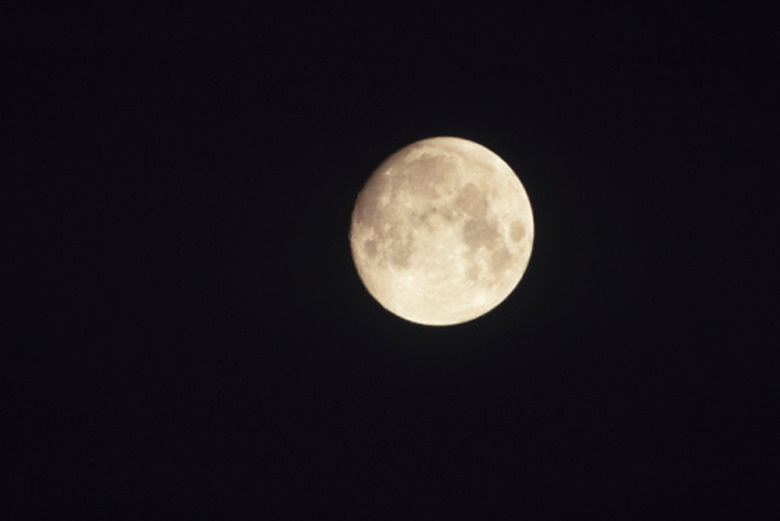The Movement Of The Sun & Moon In The Sky
The sun and moon appear to move in space to anyone standing on Earth. This is only partly true. The moon revolves around the Earth and the Earth revolves around the sun, which creates the illusion of movement. The astronomical movement of these three celestial bodies is responsible for a lot of the phenomena found on Earth, including day and night cycles and the tides.
Heliocentricism
Heliocentricism
Heliocentricism describes the movement of the Earth around the sun. The Earth slowly revolves around the sun in a set path known as an orbit. It takes approximately 365 days for the Earth to complete a single revolution. The concept was first proposed by Italian astronomer Nicolaus Copernicus in the 16th century. People originally thought the sun moved around the Earth, which is a defunct concept known as geocentrism.
Day and Night Cycles
Day and Night Cycles
The Earth slowly spins on an axis in space, exposing some parts of it to the sun while others are immersed in darkness. This rotation is what is responsible for the day and night cycles on Earth. It is also the reason that the sun appears to "move" in the sky. It is not actually moving, it is our position on the Earth that is moving as it rotates.
Lunar Movement
Lunar Movement
The moon revolves around the Earth the way the Earth revolves around the sun. It takes approximately 27 days to complete a full orbit around the Earth and appears to go down or up depending on the Earth's rotation. The moon's phases, like full moons, gibbous, and crescents are created by the blocking of the sun's light by the Earth. The phases of the moon are dependent on the relative position of the sun and moon. When the two overlap, it creates an eclipse.
Tides
Tides
One of the most obvious effects of the moon's movement is the tides. Tides occur when water advances or recedes in seas, lakes, oceans, bays and large rivers. The tides occur because the moon is pulling on the water as it moves around the Earth, creating what are known as tidal bulges.
Cite This Article
MLA
Shields, Brenton. "The Movement Of The Sun & Moon In The Sky" sciencing.com, https://www.sciencing.com/movement-sun-moon-sky-8639385/. 24 April 2017.
APA
Shields, Brenton. (2017, April 24). The Movement Of The Sun & Moon In The Sky. sciencing.com. Retrieved from https://www.sciencing.com/movement-sun-moon-sky-8639385/
Chicago
Shields, Brenton. The Movement Of The Sun & Moon In The Sky last modified March 24, 2022. https://www.sciencing.com/movement-sun-moon-sky-8639385/
